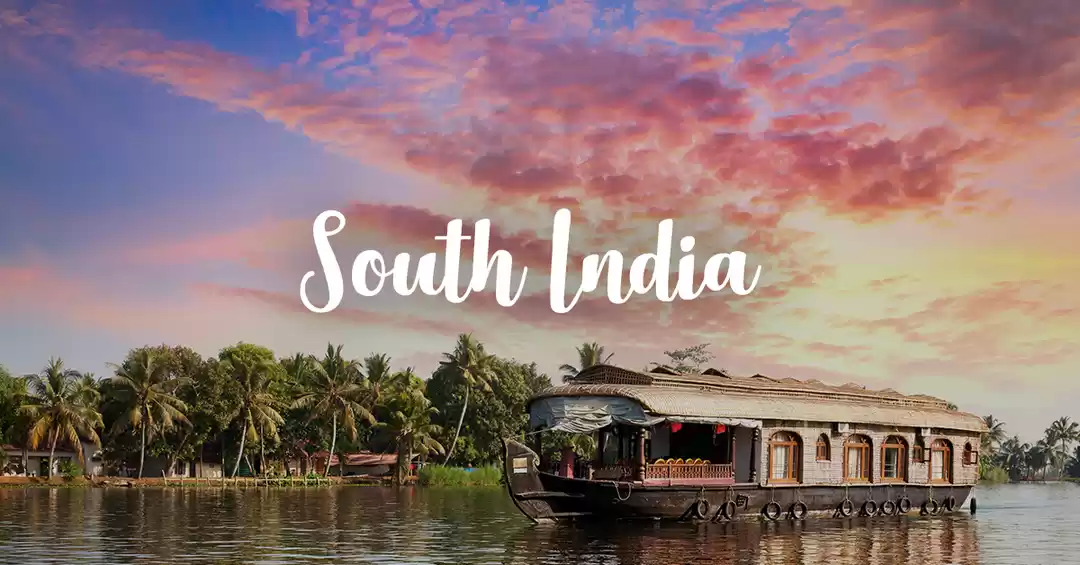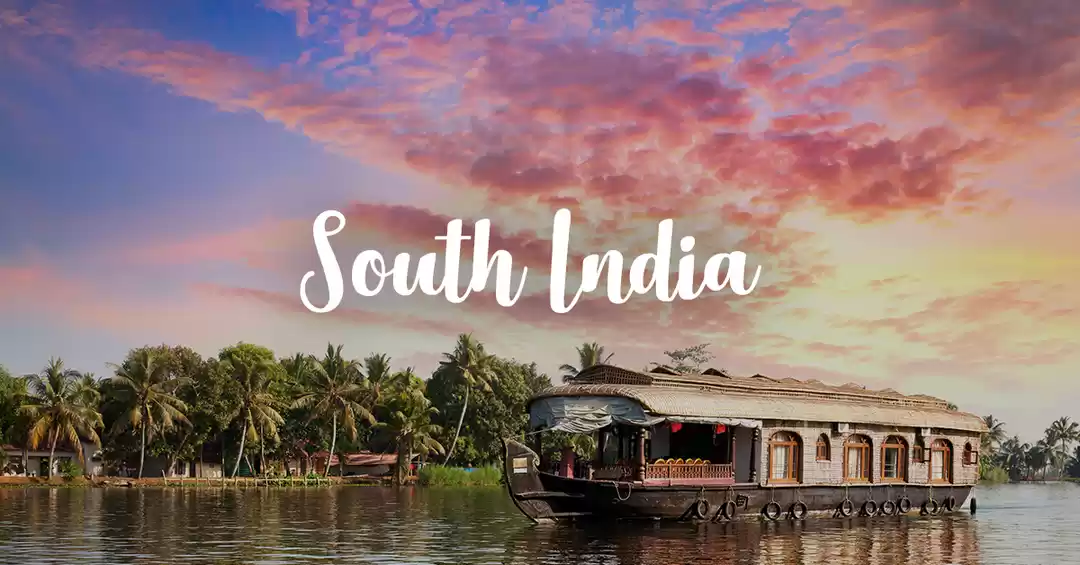
When you are near or in Karnataka, Hampi serves as a treat to the eyes for a weekend getaway. The architectural ruins of the Vijayanagar empire truly deserves to become the UNESCO World Heritage Site.
HAMPI, a place famous for its ruins can be reached via train or bus from Bangalore. Stay at Hampi can be looked into after reaching there or can be booked online through many websites. The stay varies and can be as cheap as Rs 400 per night to Rs 1600 per night. I visited Hampi during the month of June (which is not a pleasant month to be there). The best time to visit Hampi is during Dussehra since it is celebrated in a grand way over there. Other than that one can also visit the place between October- February.
MY ITINERARY:
DAY ONE:
My first day started in Hampi at around 8AM in the morning near Hampi Market where I had booked my stay. I went to my home-stay (which was around Rs 400 per night) and after dropping the luggage over there went outside in search of food. Soon after foraging for sometime, we found a place called "Shiva Cafe" which serves one of the best Idli and Poori-Sabzi. Me and my friends took a plate of those along with filter coffee and to my surprise, the total cost of our breakfast came to approximately Rs 100. The food was delicious especially the coriander-coconut chutney. I would definitely suggest anyone visiting Hampi to go for the same. After the sumptuous meal, we booked an auto for sightseeing (fare was Rs 900 for complete day which was the most expensive part in Hampi). Thus we embarked upon our journey amidst the architectural ruins.
The 1st place we visited was the Kadalekai Ganesh which consists of a gigantic structure of Lord Ganesh carved out of a single rock. The belly of the statue is like Bengal Gram and hence the name Kadalekai (Bengal Gram in Kannada). No pujas are offered here since the idol is damaged. The next destination was Sasivekalu Ganesh which means "Mustard Ganesh". The name was given just to confuse the people. It is also a gigantic statue of Lord Ganesh which consists of a snake around the stomach. It is said that Ganesha caught hold of the snake and tied it around his stomach to prevent it from bursting open.

On the opposite of this was visible the Hampi Bazaar which was the famous market place during the Vijayanagar empire. A little further was the statue of Ugra Narsimha which is one of the Avatar of Lord Vishnu and is 20 feet tall. This is also carved out of a single stone like the other idols. Our next destination was the Royal Enclosure. It's area encompasses a large boundary and is almost impossible to cover in a single day. We tried to visit as many places of interest as possible. The first was the Lotus Mahal which witness a combination of the Mughal and Hindu architecture.

There was a watch tower near this. A few kilometers away were the elephant stables which comprised of a mammoth area to keep the elephants when the empire existed.

Near the Elephant's stable was the underground Shiva Temple which was built many meters below the ground level. This temple is near the Noblemen's quarters where the aristocrats during the Vijayanagar empire lived. These structures are now under ruins and only the foundation and a few stoned structures can be seen. After covering a few places in Hampi, we planned to finish our lunch before we get lost in the thoughts of its marvelous history. Mango Tree restaurant was the first name that came to our minds where we finished our lunch and headed back towards the Royal Enclosure, this time in search of the famous Vijaya Vittala temple. It is one of the most beautiful places in Hampi for exploring and a guide is preferred at this place who will charge around Rs 100 and will give a detailed explanation on the beauty and symbolic meanings of the various sculptures located within the temple complex. The famous Stone Chariot of Hampi lies here and is believed to have been the most stunning architecture of the kingdom. There are 56 musical pillars around the Vittala complex which emit different musical notes. These pillars are now ruined somewhat. An idol of Vittala (Avatar of Vishnu) lies here. The entire area is carved with minute stone sculptures of warriors, peacocks, swans, deer, horses etc.Overall, this is one of the best architecture I have seen so far.

After spending quality time and indulging in the depth of history, we proceeded towards the Raghunatha Temple. It is situated on a hilltop and is said to have an incredible history attached. The story goes that Ram and Lakshman stayed here till the monsoons were over before they marched towards Lanka. There is a cleft on the boulder on top of the hill which is said to be caused when ram aimed his arrow in the direction of the hill.

After involving in such a good historical story, we left the place and thus, ended our day one journey across Hampi. We had our dinner at Ganesh Restaurant which had a roof-top ambiance from where the famous Virupaksha Temple of Hampi was visible. After dinner, we returned to our room and slept for the rest of the night.
DAY TWO:
Today, we woke up at around 7 AM and went ahead in the streets of Hampi in search of bicycles. One can easily roam around at least half of Hampi by riding on these bicycles. We got ours and went on these to Queen's Bath at the Royal Enclosure. It is a colossal bath that showcases the magnificent architecture of the Vijayanagar Empire. Half of this place had been destroyed during the Mughal attacks.

We cycled ahead to our next stop which was the famous Stepped Tank . All the steps bear some sketches and marks. This area was mainly used for the religious ceremonies by the royals. Close to the Stepped Tank, is the Dasara Dibba which is a wonderful stone platform and the festival of Dussehra was celebrated here when the kingdom ruled. Most parts of it had been destroyed during the attacks on the empire by the Mughals. One can get a spectacular view of Hampi from the platform.

Our next destination included the view of Tungabhadra River where we planned to go for a coracle ride. But due to the bad weather conditions, we had to skip the coracle ride and took shelter under some caves near the river. Once the monsoon rains stopped, we followed our path towards the Matanga Hill. This place is well-known for its mesmerizing sunrise but we missed the opportunity for viewing the same. An incredible history behind the Ramayana lies with this hill. The Veerabhadra Temple lies at the top of this hill and the entire Hampi can been viewed from there. We descended from the hill and went ahead to the Virupaksha Temple. This temple is dedicated to Lord Shiva and the yearly chariot festival is conducted here. The sculpture and architecture of this temple is flabbergasting and it is among the few temples in Hampi where people go to offer pujas even today.
It was around 2 PM when we came back for lunch after spending sometime exploring Hampi. This time we had lunch at Rajesh Cafe and soon after the mouth-watering lunch we gave back our cycles whose rent was Rs 100 for the entire day. We boarded a bus to Hospet since we had our return journey to Bangalore via Hospet.
Leaving this historical place was somewhat our mind was unwilling to do since Hampi is filled with many places of significance and royalty some of which we could not even cover during this trip. The picture of Hampi takes one back to the era of kings and royals and their various creations in the architectural space thereby making Hampi as one of the must-visit heritage site in India.
TRAVEL TILL YOU DROP!!!




































